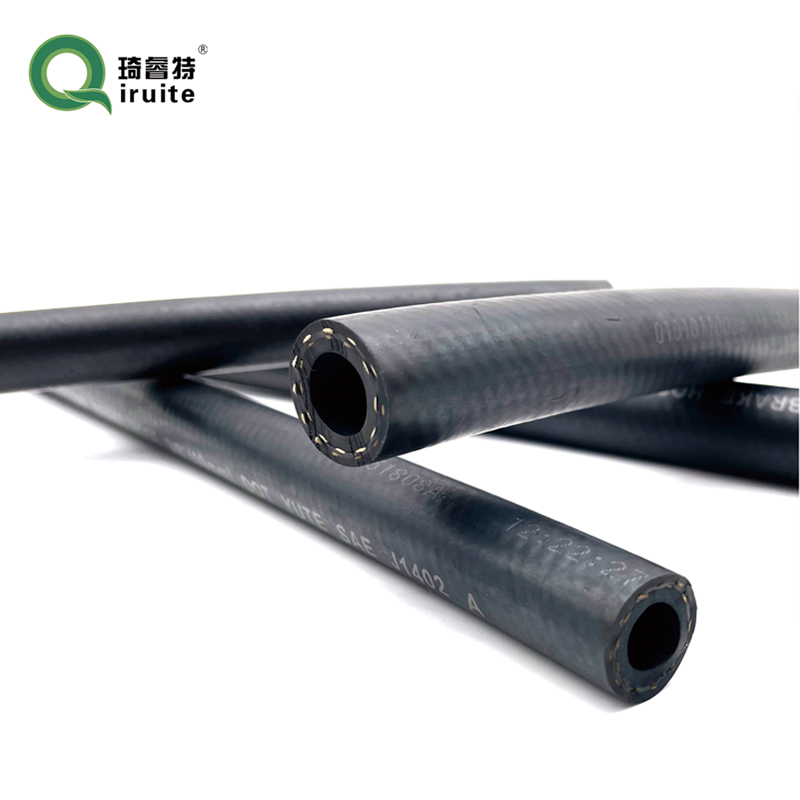can you repair a high pressure power steering hose
Can You Repair a High Pressure Power Steering Hose?
Power steering systems are essential components in modern vehicles, providing drivers with the ability to steer their cars with minimal effort. However, like any mechanical part, issues can arise. One common problem is a leak in the high-pressure power steering hose. This article will explore whether it’s possible to repair a high-pressure power steering hose and the best practices for doing so.
Firstly, it’s important to understand the function of the high-pressure power steering hose. This component carries fluid from the power steering pump to the steering gearbox or rack. High pressure is generated during steering maneuvers, and if the hose is compromised, it can lead to loss of steering assistance and potential damage to other parts of the system.
When a leak is detected in a high-pressure power steering hose, the urgent question is whether it can be repaired. The simple answer is it depends on the extent and location of the damage. If the hose has a small puncture or a minor crack, repair may be possible. However, if the hose has significant wear, multiple cracks, or is blistered due to heat or chemical exposure, replacement is often the safest and most effective solution.
Repair Techniques
If you decide to attempt a repair, there are a few methods that can be employed
1. Hose Clamps For small leaks, using hose clamps may work. This involves identifying the leak, cutting the damaged section, and attaching an appropriate-sized hose clamp to create a seal. However, this is a temporary fix, and the reliability of the hose may be compromised.
can you repair a high pressure power steering hose

2. Epoxy or Sealant Another method is to use high-pressure epoxy or sealant specifically designed for automotive applications. Clean the area around the leak and apply the adhesive. Once cured, this can create a temporary seal. Again, this is not a permanent solution, and constant monitoring is necessary.
3. Hose Replacement The most advisable solution for significant damage is complete hose replacement. This involves removing the old hose and installing a new one that meets OEM specifications. Although this may require more time and money, it ensures the integrity and safety of the power steering system.
DIY vs. Professional Help
For DIY enthusiasts, handling the repair may seem like an appealing option. However, it’s important to be realistic about your skill level and tools. If you have experience with automotive repairs and the right tools, you might successfully repair a minor leak. Professional mechanics are typically better equipped to diagnose and resolve more serious issues, and they can ensure that repairs are carried out to safety standards.
Preventative Measures
Preventative maintenance is key in avoiding future power steering hose issues. Regularly inspect the hoses for signs of wear, including cracks or bulges. Keep the power steering fluid at proper levels, and ensure that the fluid is changed as recommended. Pay attention to any unusual sounds or steering issues, as these may indicate a failing hose.
In conclusion, while it is sometimes possible to repair a high-pressure power steering hose, it is not always the best option. Whether you choose to repair or replace the hose, ensuring the safety and functionality of your power steering system is paramount. If in doubt, consult with a professional mechanic to assess the best course of action for your vehicle.
-
Ultimate Spiral Protection for Hoses & CablesNewsJun.26,2025
-
The Ultimate Quick-Connect Solutions for Every NeedNewsJun.26,2025
-
SAE J1401 Brake Hose: Reliable Choice for Safe BrakingNewsJun.26,2025
-
Reliable J2064 A/C Hoses for Real-World Cooling NeedsNewsJun.26,2025
-
Heavy-Duty Sewer Jetting Hoses Built to LastNewsJun.26,2025
-
Fix Power Steering Tube Leaks Fast – Durable & Affordable SolutionNewsJun.26,2025

